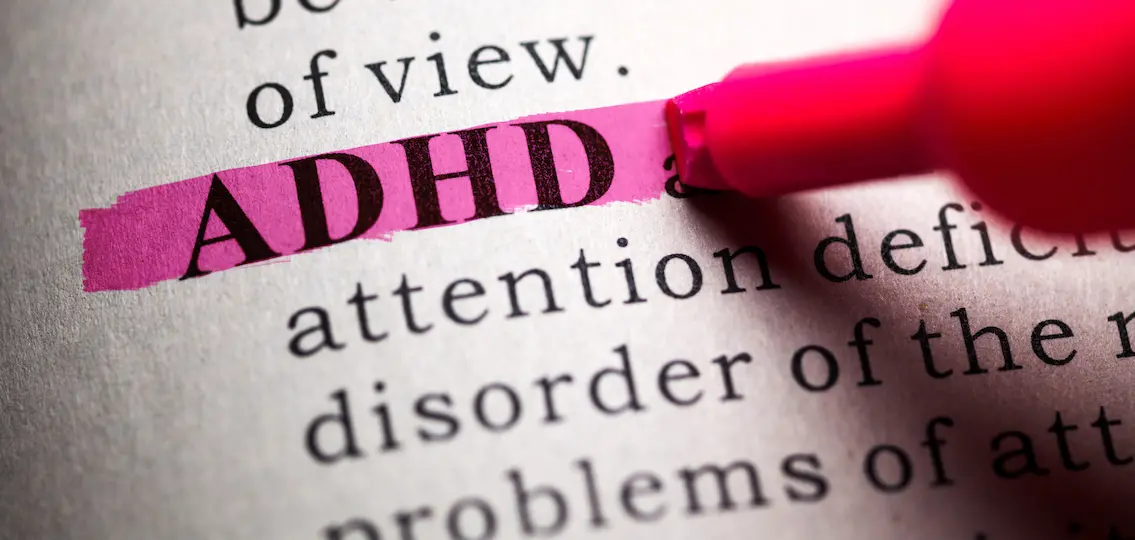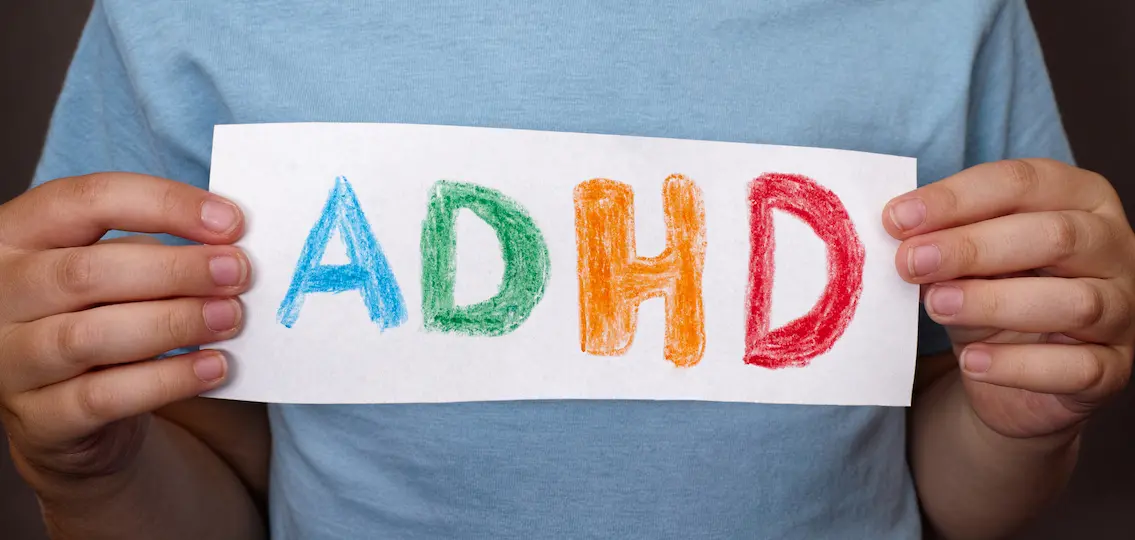Over ten percent of children are diagnosed with ADD or ADHD. Even with the diagnosis, it’s difficult to support children so that they can thrive. Here, a parent and her son share their roller coaster ride.
Parent’s Perspective | Meg Foglietti
Though I was aware of my son’s attention difficulties from the time he was in early pre-school, it wasn’t until after first grade that he was formally diagnosed with ADD. I have a love/hate relationship with this label, but I was pleased that we’d identified what was going on in his little seven-year-old brain so that we could work to better direct his focus. I did, and still do, take issue with the word, “disorder,” in the description of ADD/ADHD, as it implies a mental “problem” rather than a manageable difficulty.

This is my son’s senior year of high school, and it’s been an interesting roller coaster ride. As is the case with many children with ADD/ADHD, my son is an intelligent, creative, and critical thinker. He’s also sometimes forgetful and out-of-step with what’s going on around him. As a child, he couldn’t focus on something of little importance (to him) for more than 10 minutes; yet, a box of Legos or a Harry Potter book captured his full attention for hours.
Needless to say, his selective attention span posed a problem in the classroom.
Various studies estimate that 12 to 30 percent of children with ADD/ADHD have coexisting conditions, varying from sleeping difficulties to learning differences, such as dyslexia or dysgraphia. My son has dysgraphia, a processing glitch that makes writing a challenge, requiring greater effort and time than a traditional student. It took him greater time and effort to accomplish the same writing tasks as other students, so he fell behind in class.
Many exceptional teachers in my son’s lower and middle school years took the time to understand him and his learning differences in order to make the most of his many gifts. Other teachers, unfortunately, lacked understanding, concern, or patience for his divergent intellect. That created an atmosphere that progressively whittled away his self-confidence.
[adrotate banner=”98″]After failed trials of most ADHD medicines on the market, years of out-of-pocket tutoring, and an unsuccessful move to a prestigious private middle school, we enrolled him in his current high school as a freshman. Here, he experienced a learning environment with peers with similar challenges. The teachers recognized their students’ individual strengths and weaknesses and addressed their distinct learning styles by adapting their lessons to foster the understanding and productivity of the entire class.
My son will graduate this year, with honors, but more importantly, with the knowledge, organizational skills, and self-confidence he needs to thrive in college and life. Our roller coaster ride is hardly over; this is life, but the view from here looks incredibly positive!
Meg Foglietti is the parent of Lawrence School senior, Julian Foglietti.
Son’s Perspective | Julian Foglietti
By the time I was in first grade, my family realized I was different than the other kids. I had trouble concentrating and staying quiet. Further testing diagnosed me with ADD.
We started looking for ways to help me cope and for a year, I was able to manage pretty well. By the time second grade came around however, we realized that I needed medication to help me, even though my teacher was understanding and supportive. Focusing was still really hard and I continued to talk out and be off task a lot.
I began taking the medication, and I went from being one of the most talkative kids in school to someone who hardly talked at all. Very soon, I realized that my medication and struggles in school were sending me into a deep depression that would continue on throughout school. By the time fifth grade came around, my parents decided that a change needed to be made.
At the time, I thought switching schools would help because the classes would be more challenging academically. Maybe the problem was that I was bored. My parents, however, felt that the switch would be helpful. The classes would be much smaller and I would get more personalized attention. I switched in sixth grade, but the heavy homework, harsh teachers, and severe bullying continued to plague my life.
My depression worsened, and I soon fell into a very deep slump. By the end of eighth grade, I felt like I was never going to get back up.
Earlier that year, my mom had told me about Lawrence School, a school that specialized in helping students like me, who were smart but had some difficulties learning. Tired from the pains of my old school, I decided to make the switch. It felt surreal—I didn’t have many friends, but it was still difficult to leave a school that was so familiar to me.
I started my new school in the fall of 2011. One of the first students I met asked me straight out, “So, why are you here?” For the first time in my school career, I didn’t feel like I had to hide who I was. I did not have to pretend that everything was fine or that I was more successful in classes than I was. For the first time, I knew I was somewhere with kids who’d had the same experiences that I’d had. I finally had something in common with the other kids.
I’d never felt comfortable at school. I never fit in—kids didn’t like me, I wasn’t good at sports, and I struggled in classes. Now that’s all changed and I’m about to graduate with honors.

I think that very few people in the world are as focused on proving themselves as kids with learning differences. We persevere when others would probably give up. We’re not always accepted for who we are, which forces us to work harder and prove that we are not all that different from everyone else. And while that might seem unfair, all that hard work makes us better people. It’s impossible to break us – we will always rise to the challenge before us, and in the right learning environment, we will do better than anyone thought possible.
Julian Foglietti is a senior at Lawrence School in Sagamore Hills, Ohio.





